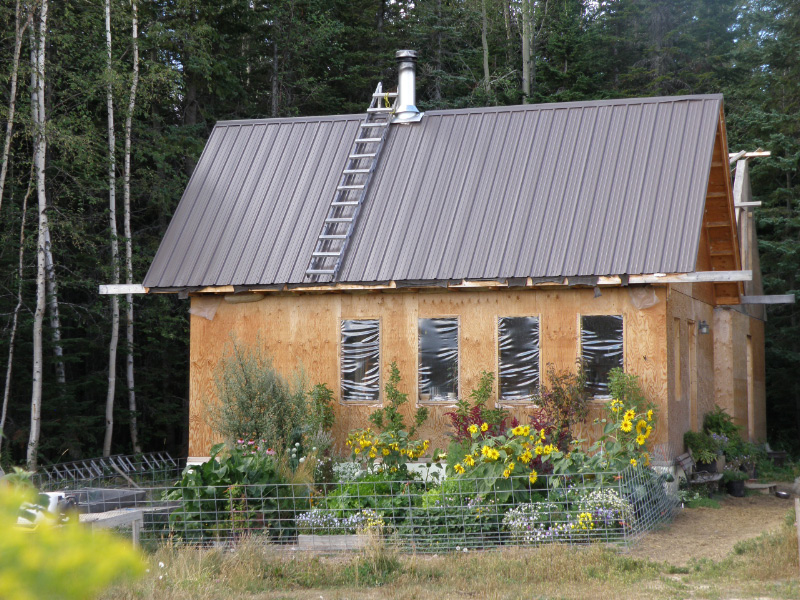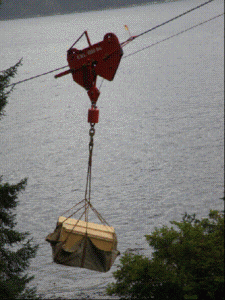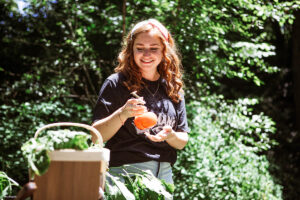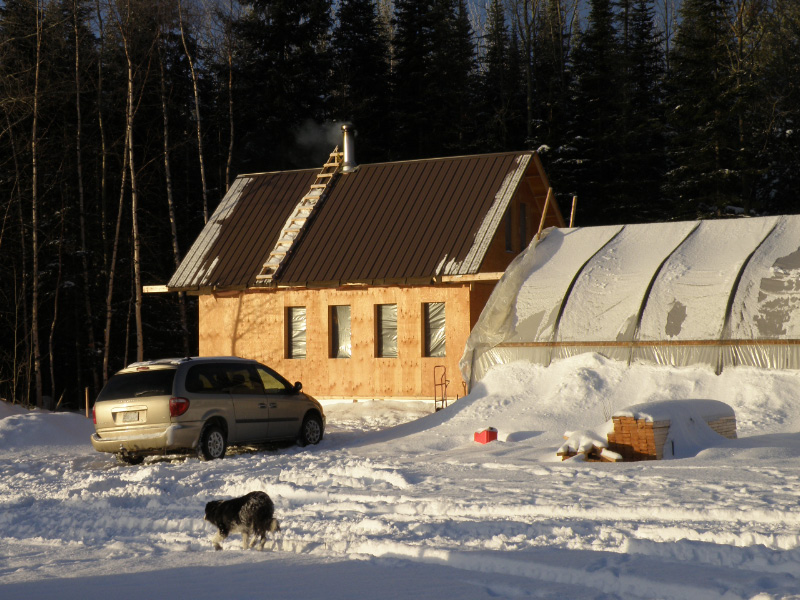 Editor’s Note: Longtime blog readers will remember Rene, whose family spent many years as lighthouse keepers in northern Canada. She often regaled us with tales of ocean storms, moving from one lighthouse to another (complete with a pony on a zipline) and homesteading in a very remote location. We’re so happy to welcome Rene back to our blog, and to learn what she and her crew have been up to! They’ve moved inland and are homesteading, off the grid, in northern Canada. Read on…
Editor’s Note: Longtime blog readers will remember Rene, whose family spent many years as lighthouse keepers in northern Canada. She often regaled us with tales of ocean storms, moving from one lighthouse to another (complete with a pony on a zipline) and homesteading in a very remote location. We’re so happy to welcome Rene back to our blog, and to learn what she and her crew have been up to! They’ve moved inland and are homesteading, off the grid, in northern Canada. Read on…
No matter how well we may lay our plans, there are always aspects that reach beyond what we can control. When we moved away from lighthouse keeping and came inland to homestead, we had several goals. High on our list, we wanted to:
- provide our four children with an opportunity to transition from remote, isolated living to interaction as part of a rural community;
- give our children access to learning opportunities that they couldn’t access in isolation;
- remain debt-free; and
- build a home and acreage that would support our food and recreation needs and possibly provide some income as well.
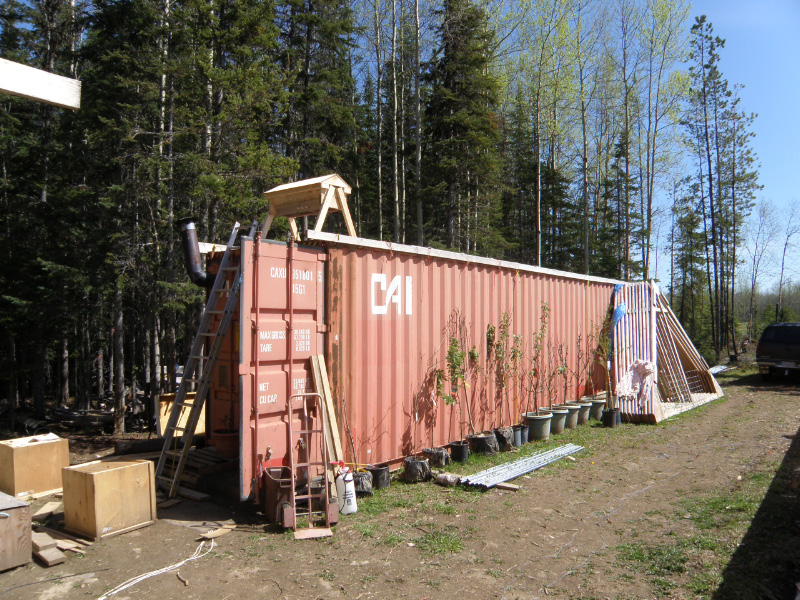
Rene and her family lived in their “home sweet shipping container” until their small cabin was ready for them to live in.
Shortly after we arrived here we experienced severe cuts in our expected income. That set us back considerably and necessitated some changes in plan.
Because we arrived in the late Fall, there was not time to set up a living space before expected snow fall, so we house sat until end of March when the owners expected to return and do renovations on their home. Winter lingered, and as our April 1 move-date approached, we could see that it was not going to be camping weather on our undeveloped land.
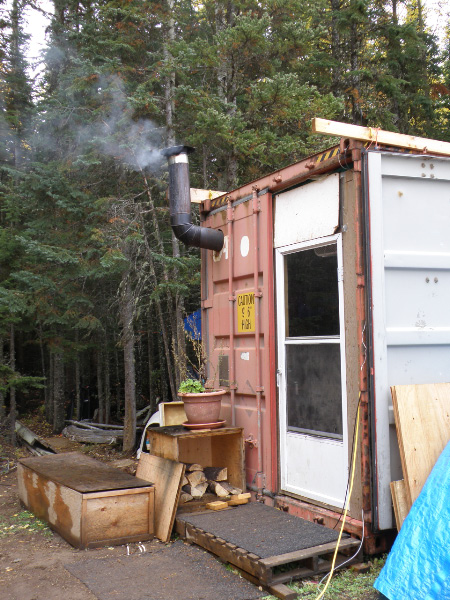
We purchased 2 40-foot shipping containers, one to store our belongings in and another to live in. We had hoped to settle them near our chosen building location but because of the late snow, we had to settle for having them parked just off the road on the edge of our property. It wasn’t until mid-summer that the land dried out enough for them to be moved further. Using the tractor to pull them over log rollers was a many-day process.
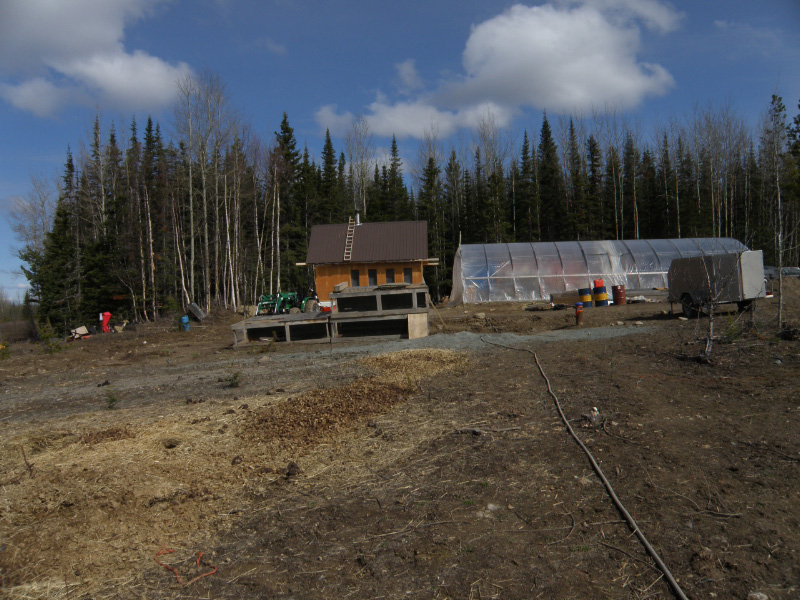
Shipping containers are a wonderful, quick, long-lasting, instant building. If uninsulated, they are, however, quite cold inside, especially when it dips down below freezing at night. When that happens, breath condenses and freezes on the inside and then when the sun comes up in the morning it melts and drips down on everything, including the faces of those who try to squeeze a few more moments of warmth out of the sheets. Even the wood stove that we put in one end didn’t really help. On cold nights it was just as warm to stand outside and feel the warmth coming through the shipping container wall as it was to stand inside by the stove. Our dogs thought it was wonderful.
Once spring arrived and night time temperatures no longer dipped so low, the container made a fine temporary home from which we could slowly begin work on our land and cabin.
Because we could get a good solar system for far less than it would cost to put power in, we had solar in mind right from the start. With our very cold winters and heavy snows, that meant we needed a temperate place to keep our battery bank. An accessible cellar was the place.
The first step in cabin building was to dig that cellar. Since the cabin was to be small, 16′ X 24’, the cellar was also small, 8′ X 12′. We dug it with a small tractor and very small backhoe attachment. It was slow but economical. Over the cellar went the floor and then the walls.
To take advantage of light from the winter sun, the south wall has four windows, each measuring 2’x4’. They give our cabin a “little old school house” look. The north wall has no windows, making one long stretch of wall space. Once we had the walls up, we built trusses for the roof and friends made a day of helping us get them up. Metal sheeting completed the outer layer.
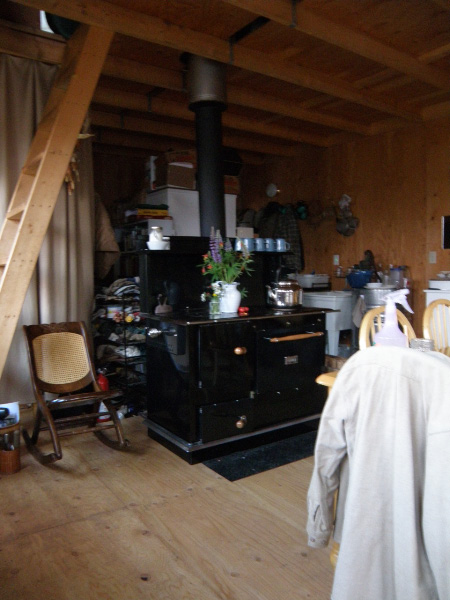
We scavenged a door and covered the window holes with plastic just in time for the first snows. Insulation and plywood walls finished things off. At centre stage is our lovely Pioneer Princess. Even when the temperatures drop down to – 40 C, it is warm and toasty inside. With a bit of manoeuvring and creative use of space, the six of us are able to live big in our small, debt-free space.
